Choosing residents for their home underwater corner, aquarists are guided by various aspirations. Some people want to settle in the aquarium with slow and measured pets who are in no hurry. Others prefer to follow the constant movement and bustle, they are the ones who most often get barbs in their aquariums.
Compatible fish species
The hooligan character of barbs is not a reason to refuse to keep them together with other fish in a common aquarium. If you decide to settle them with other species, then pay attention to the following aquarium inhabitants:
Other barbs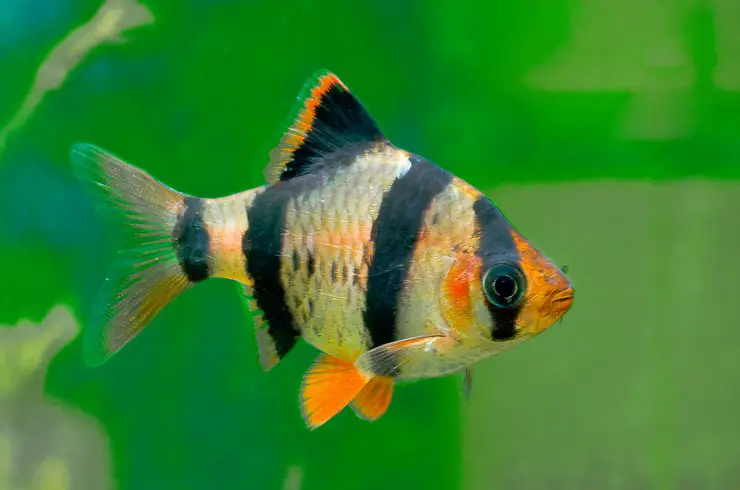
Currently, a fairly large number of barbs of various sizes and colors are known. Even genetically modified GloFish fish that glow in the dark have been created. The best part is that almost all species are similar in size and have similar conditions of detention. This allows you to place several flocks of different species in one aquarium, they get along with each other without problems. The main thing is that the volume of the aquarium is suitable.
Mollies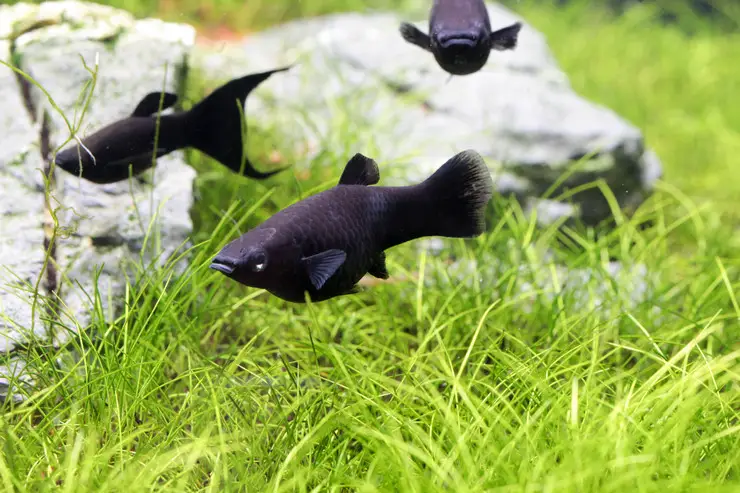
These wonderful viviparous fish, like no other, are suitable for keeping with barbs. They are calm and large enough. The most common breeds without veil fins, which is another plus for keeping with barbs. However, if you want to keep the offspring from mollies, then be sure to think about a jigger – the barbs will not leave the fry a single chance.
Iris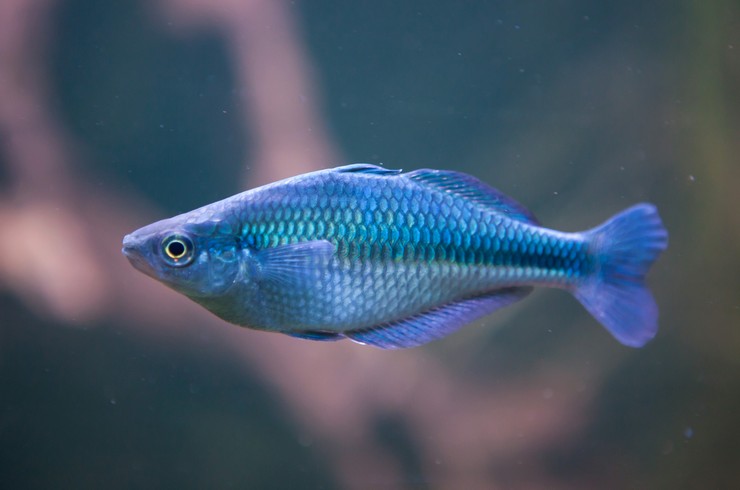
Iris are very beautiful fish, their temperament is very similar to that of barbs, so they can be easily combined with each other. First of all, we are talking about large species, for example, melanogenic. The iris will create an indescribable flavor in the aquarium.
Danio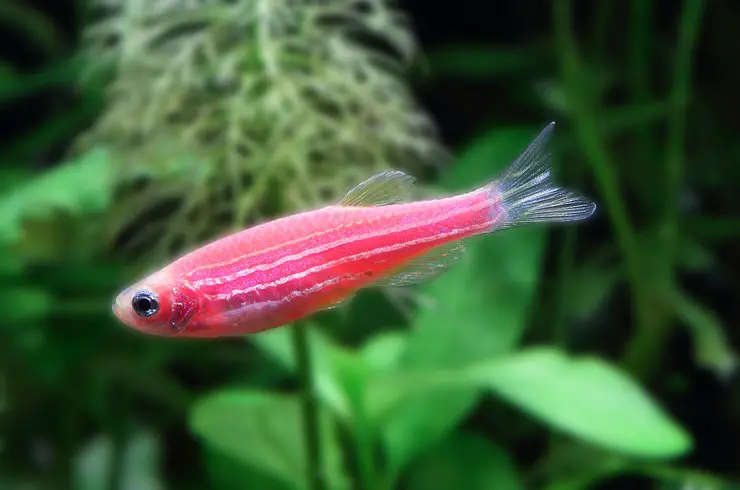
Most types of zebrafish also go well with barbs. They occupy mainly the upper part of the aquarium and swim actively. If the fish are not quite small in size, then the barbs do not pay any attention to them. The combination of horizontal zebrafish stripes and vertical Sumatran Barbus looks very interesting. The only exception for joint content is dwarf species, for example, a micro-gathering galaxy (which, according to modern classification, belongs to zebrafish).
Corridors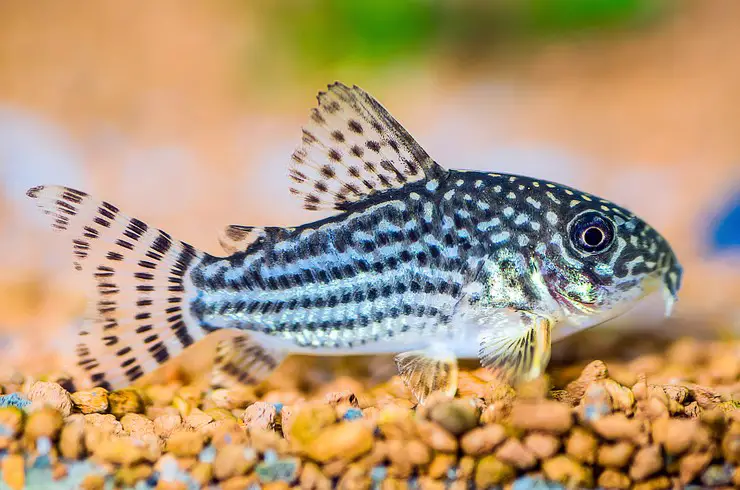
Barbs that prefer the middle part of the aquarium are usually completely unconcerned about what happens at the bottom. Therefore, it would be a great idea to put a group of medium-sized corridors in the aquarium. Yes, and they bring great benefits – they eat up the remains of food that fall to the bottom of the aquarium.
Relatively compatible species
In some cases, the species listed below can also be kept together with barbs. However, special control over the behavior of all fish is necessary here, since unpleasant conflicts often occur in which both one and the other side can suffer.
Scalar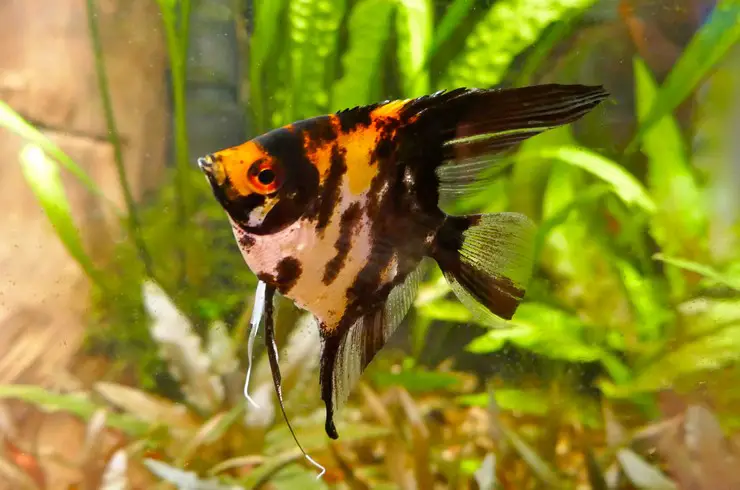
Graceful angelfish, as the scalar is also called, can sometimes be kept in shared aquariums with barbs. But here you need to pay close attention to the volume and availability of shelters. It is also recommended to grow fish together from a young age. This will reduce the likelihood that barbs will encroach on the magnificent fins of the scalar.
Neons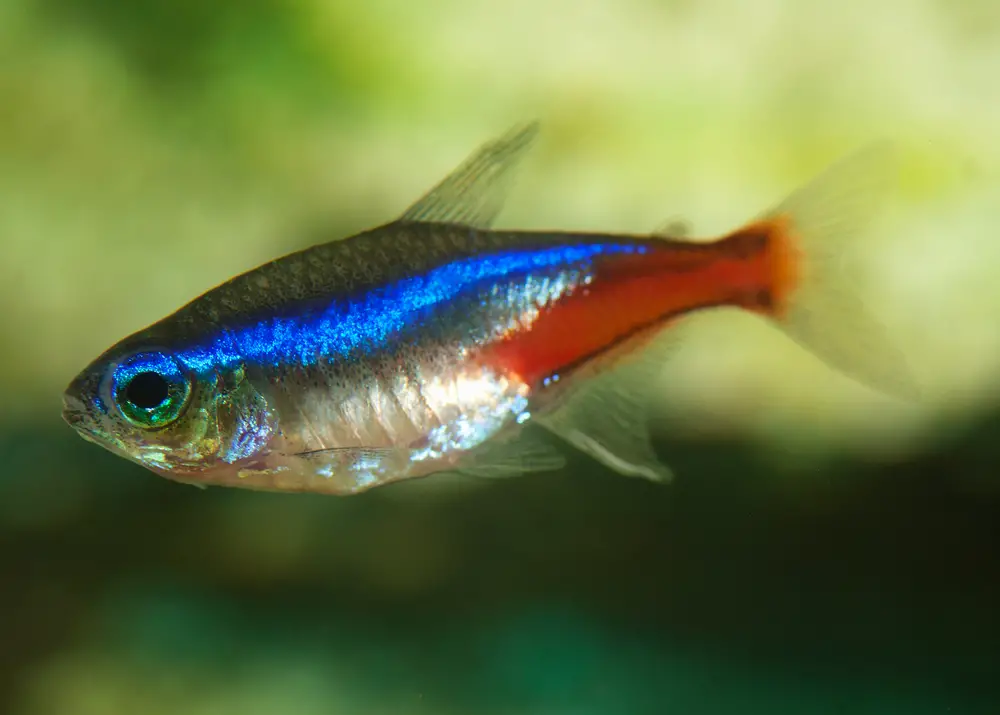
Peaceful and extremely beautiful neons will not be the best choice for sharing content with barbs. However, there are many cases when fish coexisted successfully. To do this, it is best to grow fish together with youth, and also not to try to run very small individuals to barbs.
Gourami marble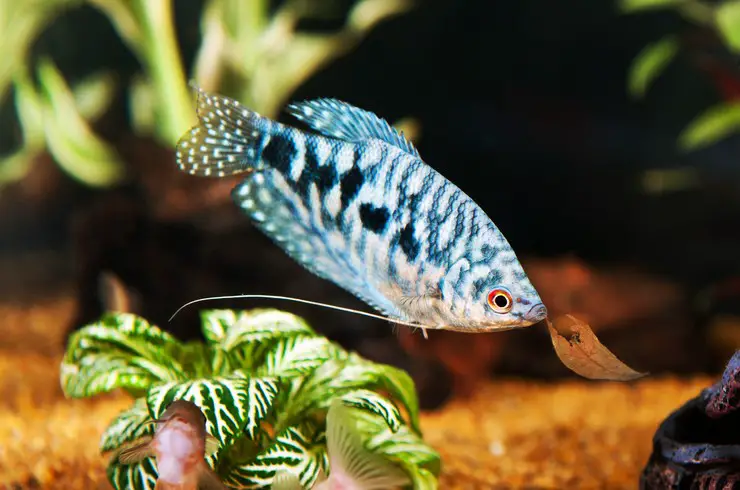
The unpretentious and hardy marble gourami can also sometimes become a neighbor for barbs. It does not differ in speed of movement, however, its larger size and poise make it possible to combine this look with active teasers almost always. True, sometimes barbs take over and gourami bite threadlike sensitive fins, so regular observations of the behavior of the fish are required.
Labidochromis Yellow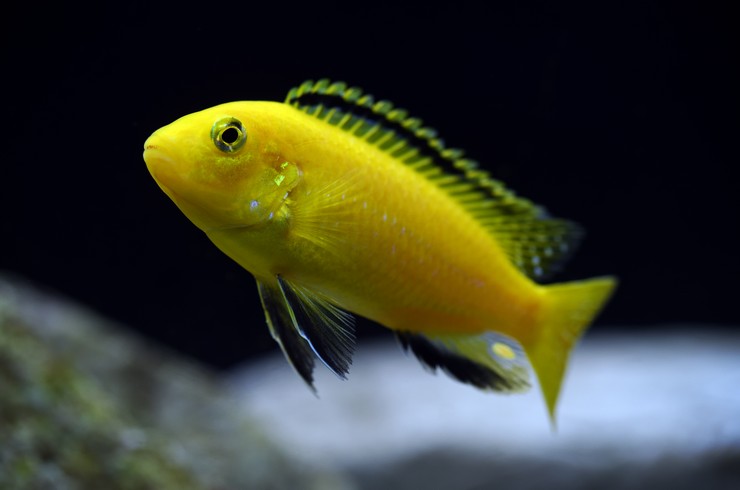
This bright yellow Malawian cichlid has one of the calmest temperaments, so it can easily get along with medium-sized barbs. Problems arise only in the case of spawning of labidochromis (and they reproduce easily), because the parental instinct forces them to jealously guard the eggs, and then the fry.
Incompatible species
Species from this list are best not to live with barbs under any circumstances. The probability of a successful cohabitation tends to zero.
Guppy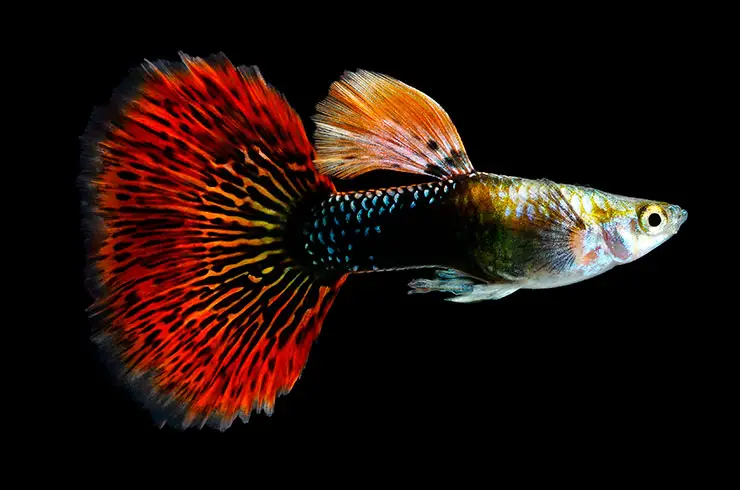
It is better to exclude the most famous aquarium fish in the world from possible applicants for cohabitation with barbs. The main pride of male guppies is their gorgeous tail, which will most likely be bitten by barbs, which will lead the live-bearer into deep stress.
Cockerel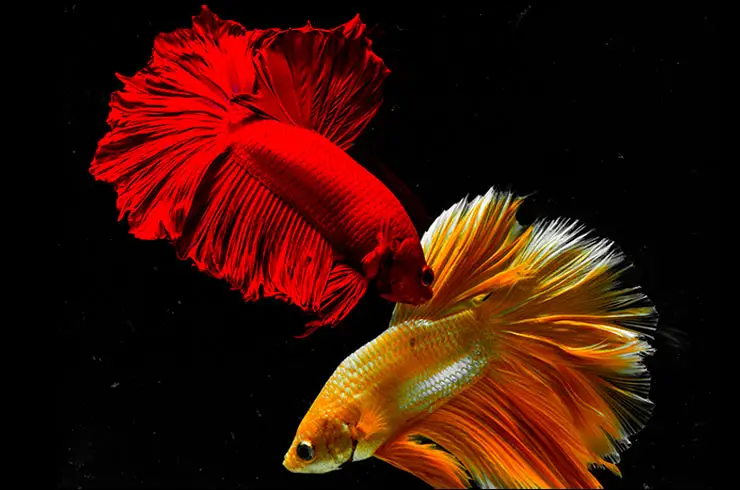
Any self-respecting barb will not miss the chance to ruffle the cockerel’s veil fins. Although this labyrinth fish is also not a miss, it will be difficult for it to resist an attacking flock of barbs. Therefore, it is not recommended to plant these fish in one aquarium.
Lyalius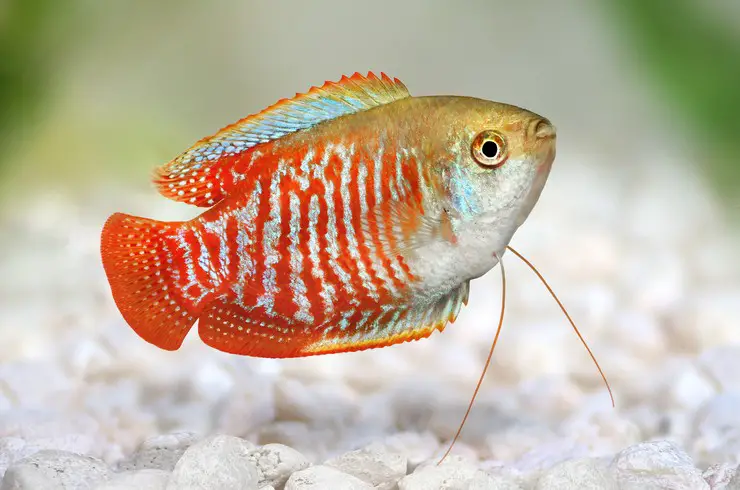
Lalius labyrinth fish are real aquarium modest ones. In the presence of active fish such as barbs, they prefer to hide for cover and not approach restless neighbors. Sometimes it comes to the point that the lalius simply do not get food. It is better to refrain from the cohabitation of fish with such a different temperament.
Astronotus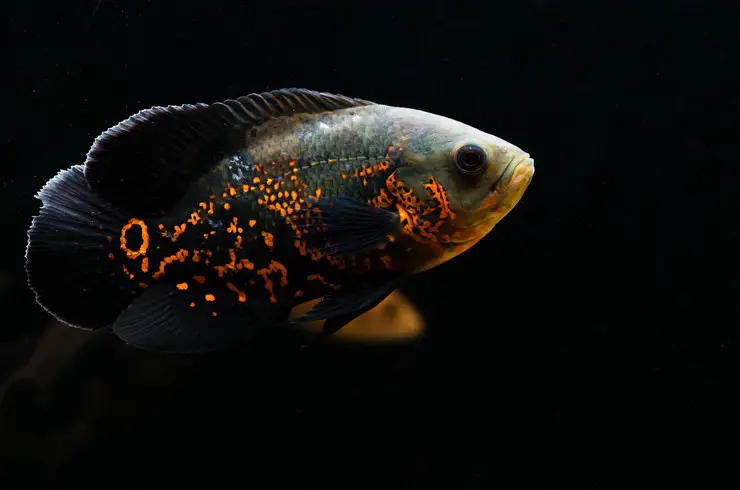
Astronotuses, like, indeed, other large American cichlids, are real predators that will perceive barbs only as a food object, so the combination of these fish in a common aquarium is impossible.
What you should pay attention to
Aquarium volume
Get an aquarium of the right size. As noted earlier, barbs love to swim fast. In cramped containers, where they will constantly bump into neighbors, the fish are much more likely to show aggression. The average recommended volume is 60 liters.
Shelters
Provide the aquarium with plenty of covers. They can be natural (live plants, driftwood, stones) and artificial (grottoes, ceramics). In them, weaker fish will always be able to hide from bully barbs.
Flock
Barbs must be kept strictly in flocks. It is advisable that the group consists of at least six individuals. The experience of many aquarists shows that being in a flock, barbs pay much more attention to “showdowns” with each other and practically do not pay attention to their neighbors. Solitary individuals, on the contrary, become overly aggressive and sometimes attack fish, even larger in size. However, do not get carried away with too large a flock. Feeling their collective power, the barbs will be able to keep the entire aquarium at bay.
Feeding
Do not forget about adequate and adequate feeding of the barbs. Well-fed fish are not as quarrelsome as hungry ones. Good quality dry food will work best.
